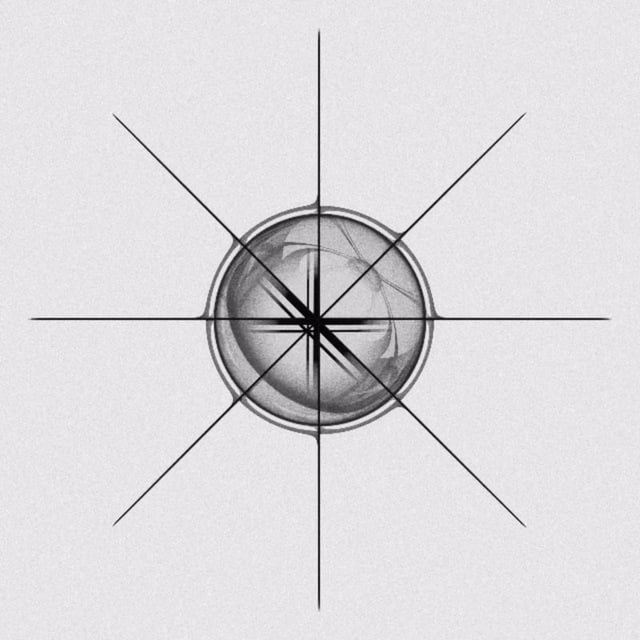- cross-posted to:
- [email protected]
- cross-posted to:
- [email protected]
I took 230 11s ISO1600 f/1.8 esposures and one 2min ISO600 f/1.8 for the foreground.
Both with my Nikon Z5 and Nikkor Z 24mm f/1.8 S
For post processing I used sequator and affinity photo 2


On this page someone has mapped the dynamic range vs. ISO.
If I look at my camera, I see two spikes at 100 and 400, which I would interpret as 100 as my native ISO and 400 as an electric amplified second native ISO - but still not as good as ISO 100, regarding dynamic range.
And I looked up the camera of OP, the Nikon Z5:
I can’t see a better dynamic range at 800/1600, you get the best dynamic range at ISO 100 and it goes down linear from there. There shouldn’t be a benefit between choosing ISO1600 when taking the photo or brightening the RAW in post. Or am I missing something?
If you’re only taking a single exposure then yes lower is better (when shooting a static scene from a tripod)
But I have taken multiple exposures and combined them in post so the noise averages out.
Also the stars move so there’s only so much light I can capture and I would need to boost the exposure in post that would also then increase the noise.
As for the foreground, I was cold and didn’t want to wait 8min extra so I used a bit more ISO.
The real world difference between low and higher ISO isn’t as bad as it seems in the datasheet, especially when you throw postprocessing in the mix